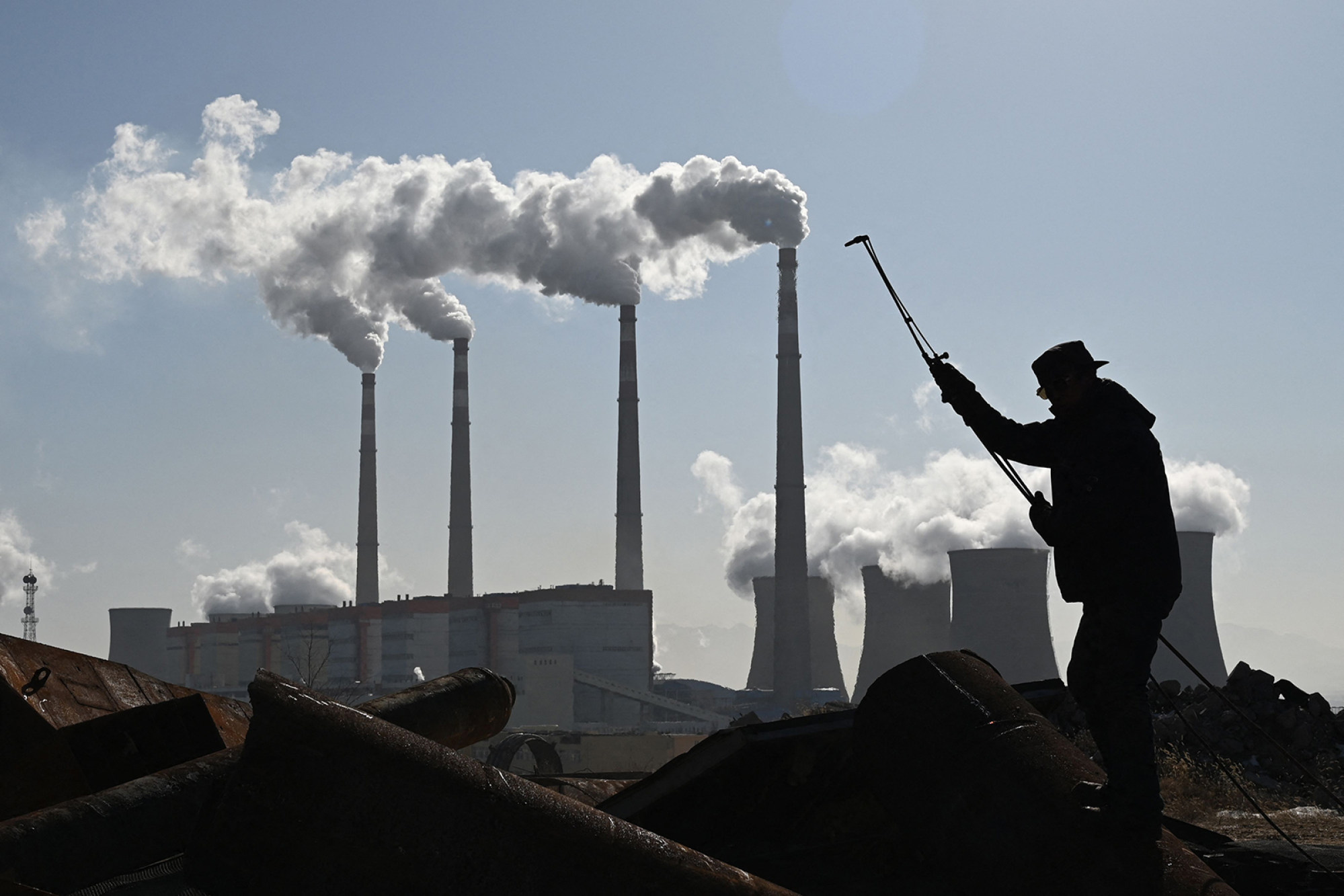China’s carbon dioxide emissions are expected to fall in 2024 as a result of record growth in new low-carbon energy sources, according to a new report, even as emissions continue to spike this year following the end of strict zero-Covid policies.
China is expected to add 210 gigawatts (GW) of solar, 70GW of wind, 7GW of hydro and 3GW of nuclear power generation capacity in 2023, nearly doubling the 152GW of renewable energy capacity it added in 2022, according to a new analysis from the Helsinki-based research organisation Centre for Research on Energy and Clean Air (CREA) on Monday.
Newly installed clean energy capacity this year alone will generate an estimated 423 terawatt hours (TWh) of electricity per year, almost equal to China’s projected electricity demand growth of over 400 TWh in 2023, CREA estimated.
China unveils 100-city green pilot programme to realise net-zero ambitions
China unveils 100-city green pilot programme to realise net-zero ambitions
“For the first time, the rate of low-carbon energy expansion is now sufficient to not only meet, but exceed the average annual increase in China’s demand for electricity overall,” said Lauri Myllyvirta, lead analyst at CREA and author of the report.
“If coal interests fail to stall the expansion of China’s wind and solar capacity, then low-carbon energy growth would be sufficient to cover rising electricity demand beyond 2024,” he said. “This would push fossil fuel use – and emissions – into an extended period of structural decline.”
The projections come despite a continued climb in China’s carbon emissions last quarter, as well as the country’s continued expansion of coal power capacity over energy security concerns following rounds of power outages across the country in recent years.
China’s emissions were up 4.7 per cent year on year in the third quarter, according to CREA, after also rising in the first and second quarters.
China’s oil consumption also increased by an estimated 19 per cent year on year in the third quarter, approaching pre-pandemic levels, and with no signs of easing. Electricity demand rebounded in sectors that had been affected by pandemic controls, making power-sector coal use the second-largest driver of rising emissions in the three months ended September, CREA reported, citing official figures and commercial data.

“The reasons for the emissions rebound this year are predictable,” Myllyvirta wrote in the report. “Most significantly and obviously, oil demand has risen from zero-Covid lows, following almost three years of pandemic controls.”
“If China’s current and expected economic slowdown results in slower electricity demand growth – or non-fossil energy additions accelerate further – power generation from fossil fuels will continue to fall, rather than stabilise,” the report noted.
This could put China’s coal power producers at risk, according to CREA. China, the world’s largest coal producer and consumer, promised to “phase down” coal consumption starting in 2026 to support the country’s “dual-carbon” targets of reaching peak emissions by 2030 and net-zero emissions by 2060.
China’s coal power capacity is expected to continue to increase to a peak of 1,370GW in 2030, up from 1,141GW as of June this year, according to the Development Research Centre of China’s State Council.
To achieve this, China must stop approving new coal power projects immediately, according to CREA.
“Retirements of existing [coal] capacity would have to be accelerated significantly, or some already permitted [coal power] projects would have to be cancelled or shelved,” Myllyvirta wrote in the report.


